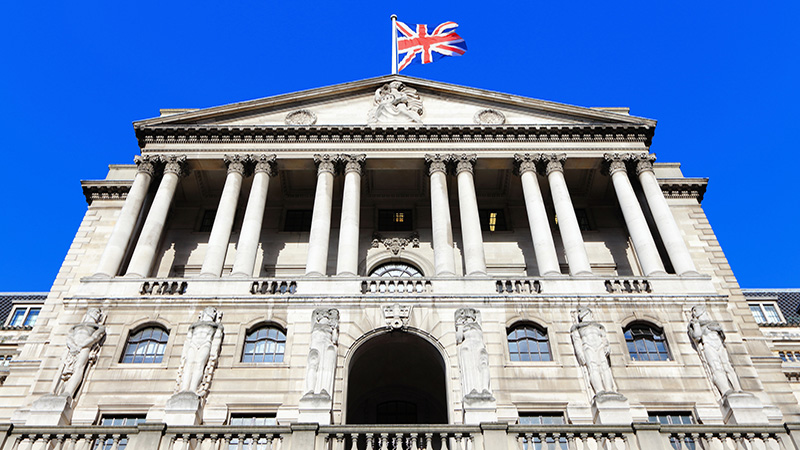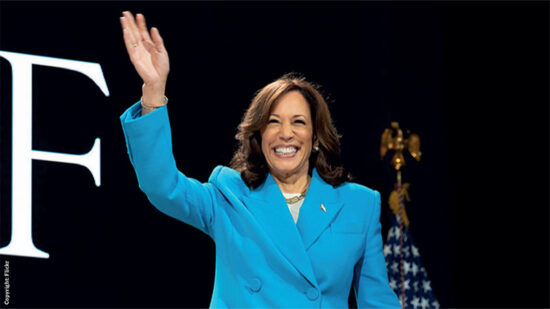State Street’s Risk Appetite Index dipped to 0.09 from 0.18 in March, indicating a modest fall in risk bias among institutional investors.
Notably, this came despite mounting expectations that the world’s major central banks are about to enter rate cutting cycles.
The firm’s Holdings Indicators showed that long-term investor allocations to equities rose by 0.6% to 53.4%. This was funded by a similar percentage point fall in cash holdings to 19% and a 0.1% rise in fixed income allocations to 27.5%.
The indicators were developed at State Street Associates, State Street Global Markets’ research and advisory services business. They measure investor confidence or risk appetite quantitatively by analysing buying and selling patterns of institutional investors, derived from State Street’s assets under custody and administration.
See also: Advisers expect UK equities to bounce back and property to struggle
Michael Metcalfe, head of macro strategy, said: “In a month where most central banks continued to encourage hopes of interest rate reductions and where the Swiss National Central bank actually began its rate cutting cycle, institutional investors were reluctant to add to their holdings of risky assets.
“On balance our risk appetite index showed that investors remained risk seeking in equities, but remain hesitant in fixed income despite the coming rate reductions. And the fact that risk appetite was completely balanced in FX and commodity-linked assets shows that even with equity markets at record highs, institutional investors are still wary of the most cyclical assets.
See also: HSBC private bank arm says it’s time for clients to take on more risk
“Perhaps the biggest reason for investor caution going into the second quarter, is that institutional investors’ allocation to equities is within a whisker of its pre-GFC high,” Metcalfe continued.
“At the same time allocations to cash are within 0.3% of their long-run average; ‘excess’ cash levels relative to average at least are now close to exhausted, just as equity holdings reached their cyclical high.”








